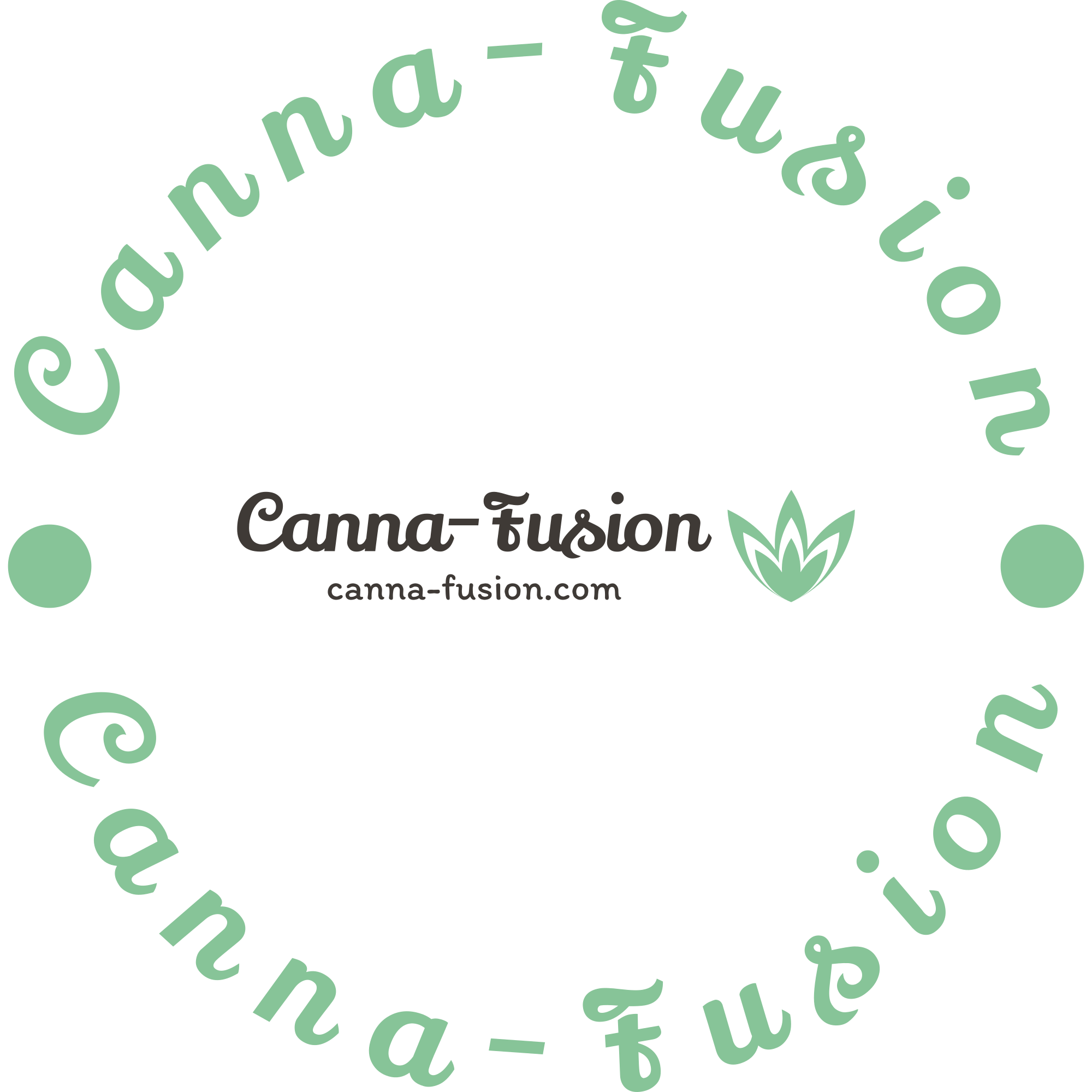Introduction
Parenteral nutrition (PN) is a life-saving medical intervention that provides essential nutrients directly into the bloodstream for individuals who are unable to consume food orally or absorb nutrients through the gastrointestinal tract. This comprehensive guide aims to provide a thorough understanding of parenteral nutrition, including its definition, indications, components, administration, potential complications, patient education, and frequently asked questions. By equipping patients and caregivers with knowledge about parenteral nutrition, they can better navigate this critical aspect of medical care and optimize their health outcomes.
Understanding Parenteral Nutrition
Definition of Parenteral Nutrition
Explanation of what parenteral nutrition is, its purpose, and when it is prescribed.
Indications for Parenteral Nutrition:
Conditions and situations that may necessitate the use of parenteral nutrition, such as severe malnutrition, gastrointestinal disorders, or inability to eat orally.
Components of Parenteral Nutrition
Overview of the essential components included in parenteral nutrition solutions, including macronutrients (carbohydrates, proteins, and fats), micronutrients (vitamins and minerals), and electrolytes.
Administration of Parenteral Nutrition
Preparation and Mixing
Detailed instructions on how parenteral nutrition solutions are prepared and mixed in a sterile environment.
Infusion Methods
Explanation of the different methods of administering parenteral nutrition, including central venous catheters (CVCs) and peripheral venous catheters (PVCs).
Monitoring and Adjustments
Importance of close monitoring of patients receiving parenteral nutrition, including frequent assessments of nutritional status, metabolic parameters, and potential complications.
Potential Complications of Parenteral Nutrition
Metabolic Complications
Discussion of metabolic complications associated with parenteral nutrition, such as hyperglycemia, electrolyte imbalances, and hepatic dysfunction.
Infectious Complications
Explanation of the risk of infections related to the use of central venous catheters for parenteral nutrition infusion, including catheter-related bloodstream infections.
Mechanical Complications
Overview of mechanical complications, such as catheter occlusion, dislodgement, or thrombosis, which may occur during the administration of parenteral nutrition.
Patient Education on Parenteral Nutrition
Introduction to Parenteral Nutrition
Providing patients and caregivers with an overview of parenteral nutrition, its purpose, and how it will be administered.
Understanding Nutrition Requirements
Explanation of the specific nutritional needs of the patient and how parenteral nutrition will help meet those requirements.
Administering Parenteral Nutrition at Home
Guidance on how to administer parenteral nutrition safely at home, including proper storage, handling, and infusion techniques.
FAQs About Parenteral Nutrition
What is the difference between parenteral and enteral nutrition?
Parenteral nutrition is administered intravenously, while enteral nutrition is administered through a feeding tube directly into the gastrointestinal tract. Enteral nutrition is preferred when the gastrointestinal tract is functional.
Is parenteral nutrition painful?
The administration of parenteral nutrition should not be painful if performed correctly. Patients may experience discomfort during catheter insertion or if complications arise, but proper pain management techniques can help alleviate discomfort.
How long can a person stay on parenteral nutrition?
The duration of parenteral nutrition varies depending on the individual’s medical condition and nutritional needs. Some patients may require short-term parenteral nutrition during acute illness, while others may require long-term or lifelong support.
Can parenteral nutrition be administered at home?
Yes, parenteral nutrition can be administered at home with proper training and support from healthcare professionals. Home infusion companies provide equipment, supplies, and education for patients and caregivers.
What are the potential side effects of parenteral nutrition?
Common side effects of parenteral nutrition include metabolic complications, infectious complications, and mechanical complications related to catheter insertion and maintenance. Close monitoring and prompt intervention can help mitigate these risks.
Can parenteral nutrition be used for weight loss?
Parenteral nutrition is not typically used for weight loss purposes. It is primarily prescribed to provide essential nutrients to individuals who are unable to meet their nutritional needs orally or enterally due to medical conditions.
Conclusion
Parenteral nutrition plays a crucial role in providing essential nutrients to individuals who are unable to eat orally or absorb nutrients through the gastrointestinal tract. By understanding the definition, administration, potential complications, and patient education associated with parenteral nutrition, patients and caregivers can navigate this aspect of medical care more effectively. Close collaboration with healthcare professionals is essential to ensure safe and effective management of parenteral nutrition and optimize patient outcomes.

